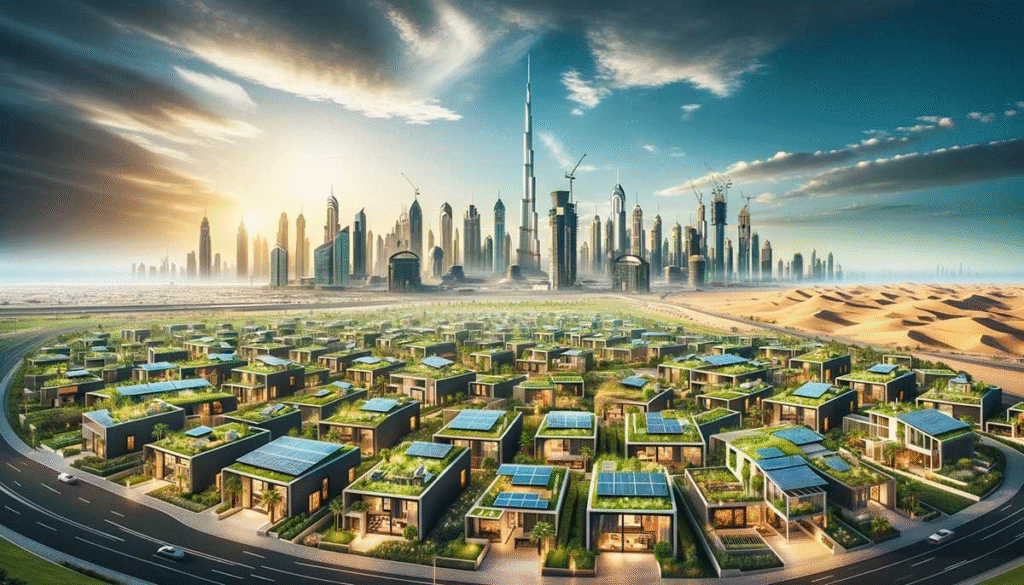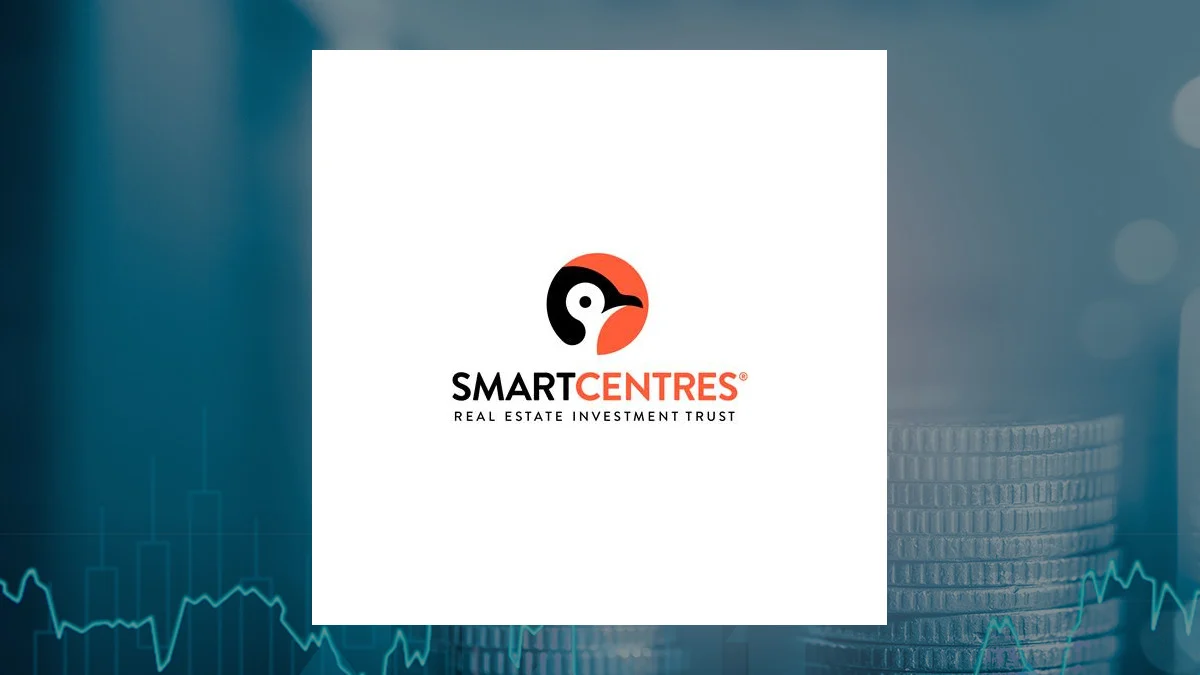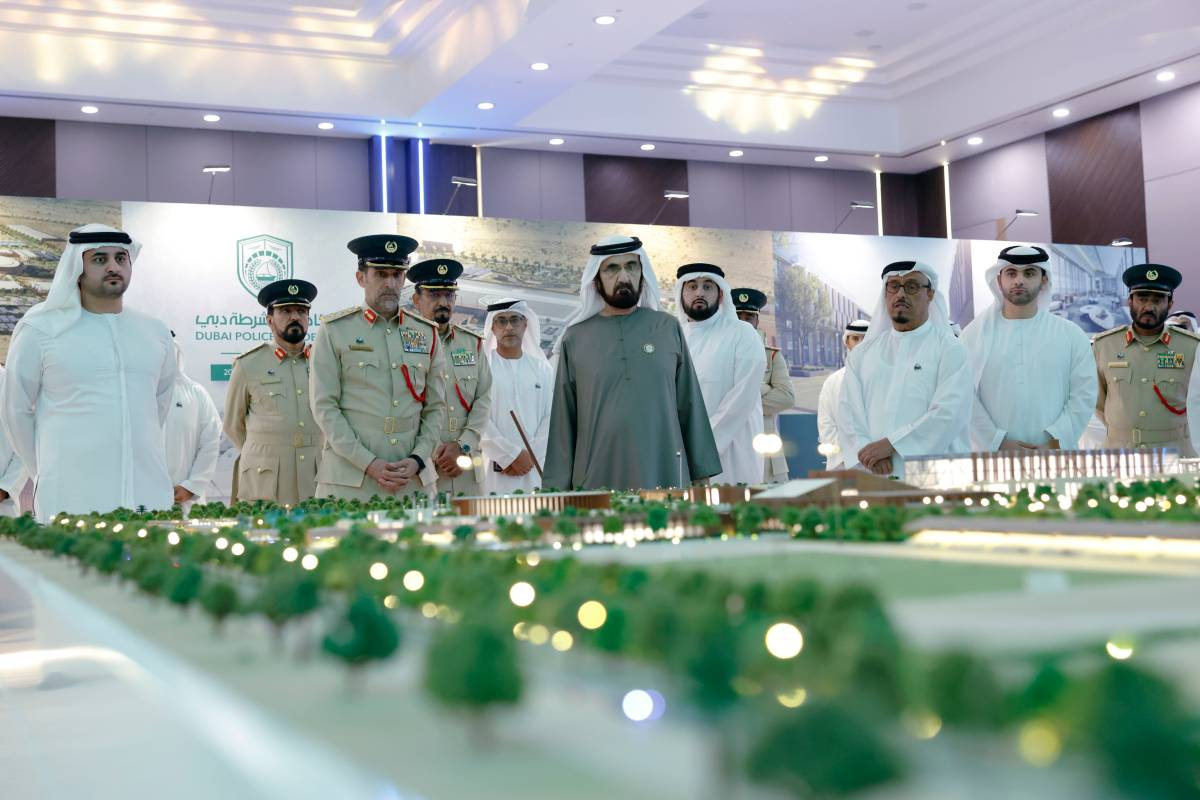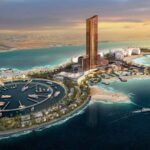Now Reading: “Discover How Dubai Built the World’s Most Sustainable City from Scratch!”
-
01
“Discover How Dubai Built the World’s Most Sustainable City from Scratch!”
“Discover How Dubai Built the World’s Most Sustainable City from Scratch!”

Dubai, famous for its skyscrapers, luxury hotels, and desert wonders, has taken a remarkable turn toward building a greener, more sustainable future. The Sustainable City, located in Dubailand, is the first fully operational sustainable community in the Middle East. This project reflects Dubai’s vision of becoming a global leader in environmental innovation and sustainable living.
As the world struggles with climate change and pollution, Dubai’s Sustainable City sets an example of how urban life can blend with nature, save energy, and provide a healthier environment for its residents.
What is The Sustainable City?

The Sustainable City is a purpose-built residential community designed to minimize environmental impact while offering a modern, comfortable lifestyle. Spread over 46 hectares, this community can house more than 2,700 residents and features over 500 eco-friendly villas and apartments.
Everything in the city is planned to reduce carbon footprint. The homes are designed to be energy-efficient, with solar panels providing clean electricity. There are green spaces everywhere, including parks, community gardens, and vertical farming walls. Even the streets are car-free, with electric buggies and bicycles being the main modes of transport.
Key Features of the Sustainable City Dubai

1. Energy Efficiency and Solar Power
The Sustainable City has over 40,000 solar panels that supply much of the electricity needs of homes and public areas. Each villa produces clean energy, helping reduce dependence on fossil fuels.
The design of the buildings also ensures energy savings. Thick walls, reflective windows, and smart insulation reduce the need for air conditioning—a major energy expense in Dubai’s hot climate.
2. Green Spaces and Urban Farming
One-third of the city’s area is reserved for greenery. There are thousands of trees, landscaped gardens, and even farms that grow organic fruits and vegetables. Residents can pick fresh produce from these farms, reducing the need for packaged food and transportation emissions.
The city also features vertical farming systems, which save space and water while producing healthy crops. This initiative helps promote food security—a growing concern for cities worldwide.
3. Water Recycling and Waste Management
In a desert region like Dubai, water conservation is crucial. The Sustainable City uses advanced water recycling systems to treat and reuse wastewater for irrigation. This reduces freshwater consumption by up to 50%.
Waste in the city is carefully managed. Recycling bins are placed everywhere, and organic waste is turned into compost to fertilize the green spaces and farms.
4. Eco-Friendly Transportation
Cars are discouraged inside the residential zones. Instead, residents use electric buggies, bicycles, and even shared electric vehicles for longer trips. This not only reduces air pollution but also creates a safer, quieter environment for families and children.
Charging stations for electric cars are available throughout the city, supporting the use of clean transport options.
A Model for Future Cities
The Sustainable City is more than just a residential project—it is a model that could shape the future of cities worldwide. As the global population moves increasingly towards urban living, the need for sustainable city planning has never been greater.
The success of this project has gained attention from international environmental groups, urban planners, and governments looking for ways to make their cities greener and more livable.
Dubai’s authorities plan to replicate the concept in other parts of the emirate and the region. In fact, plans are underway to build more sustainable communities based on the same principles, ensuring that Dubai stays ahead in the global sustainability race.
Living in the Sustainable City: A Healthy Lifestyle
Residents of the Sustainable City enjoy not only environmental benefits but also a healthier lifestyle. The car-free zones encourage walking and cycling, promoting fitness and well-being. The clean air, reduced noise pollution, and abundance of green spaces make for a relaxing, stress-free environment compared to traditional cities.
The community also hosts workshops, farmers’ markets, and educational programs on sustainability, allowing residents to learn more about eco-friendly practices and apply them in their daily lives.
Economic and Social Impact
While sustainability is the main goal, the city also brings economic benefits. Lower energy and water bills save residents money, while the production of local organic food reduces food costs and transportation emissions. The city also creates green jobs in fields such as farming, solar energy, waste management, and environmental education.
Socially, the design promotes community living. Shared gardens, public spaces, and regular eco-events encourage interaction among residents, building a sense of belonging and shared responsibility for the environment.
Challenges and the Road Ahead
Like all major projects, the Sustainable City faced challenges. Adapting traditional construction methods to sustainable ones required new technologies and expertise. Changing people’s habits—like reducing car use or segregating waste—also took time and effort.
However, the project’s success has proven that with commitment, planning, and innovation, creating a sustainable urban environment is possible, even in the heart of the desert.
Looking ahead, Dubai is expected to expand its sustainable initiatives further. The upcoming Expo 2030 and other future developments are set to showcase even more eco-friendly solutions, keeping Dubai at the forefront of global sustainability efforts.
Conclusion
Dubai’s Sustainable City offers a glimpse into the future of urban living—a future where cities can grow without harming the planet. Its success sends a strong message: sustainability is not just an option but a necessity for modern cities.
With other global cities watching closely, Dubai’s green experiment could inspire a worldwide movement towards smarter, cleaner, and more sustainable living.
Read More:- “Tragedy in Dubai: Kerala Engineer Dies During Scuba Diving Trip”






















